I have a script which launches an app on the VM and logs some data for the app. As Powershell script does not allow me to run the app in foreground I decided to schedule a task after 2 mins and then keep polling for the task completion.
I was using this command to register my task
$password= "password" | ConvertTo-SecureString -asPlainText -Force;
$username = "name";
$credential = New-Object System.Management.Automation.PSCredential($username,$password);
Invoke-Command -VMName INSTANCE_ID -Credential $credential -ScriptBlock
{
$gettime = (Get-Date).AddMinutes(2);
$run = $gettime.ToString('HH:mm');
$action = New-ScheduledTaskAction -Execute 'C:\logging.bat';
$trigger = New-ScheduledTaskTrigger -Once -At $run;
$principal = New-ScheduledTaskPrincipal -GroupID "BUILTIN\Administrators" -RunLevel Highest;
Register-ScheduledTask -Action $action -Trigger $trigger -Principal $principal -TaskName "ID_Logging_Task" -Description "my description"
}
It was working fine but it had a problem that it ran well only when the user was logged in. More context - https://learn.microsoft.com/en-us/powershell/module/scheduledtasks/new-scheduledtaskprincipal?view=windowsserver2022-ps (Example 2)
So I looked at the documentation of Register-ScheduledTask and saw that I can provide username and password to the command while registering the task. So I took the username of the account with Administrator privileges and ran the new command:
$password= "password" | ConvertTo-SecureString -asPlainText -Force;
$username = "name";
$credential = New-Object System.Management.Automation.PSCredential($username,$password);
Invoke-Command -VMName INSTANCE_ID -Credential $credential -ScriptBlock
{
$gettime = (Get-Date).AddMinutes(2);
$run = $gettime.ToString('HH:mm');
$action = New-ScheduledTaskAction -Execute 'C:\logging.bat';
$trigger = New-ScheduledTaskTrigger -Once -At $run;
Register-ScheduledTask -Action $action -Trigger $trigger -TaskName "ID_Logging_Task" -RunLevel Highest -User "myUser" -Password "myPassword" -Description "my description"
}
"myUser" is an administrator on this machine. This solved the problem of running the task without manually logging in but now my app is getting launched in the background instead of foreground which was the whole point of running these scheduled tasks.
My question is what is the difference between BUILTIN\Administrators and an Administrator account. And how do I solve my problem? I want to run my task with the privilege of -GroupID "BUILTIN\Administrators" without actually logging into the machine.
